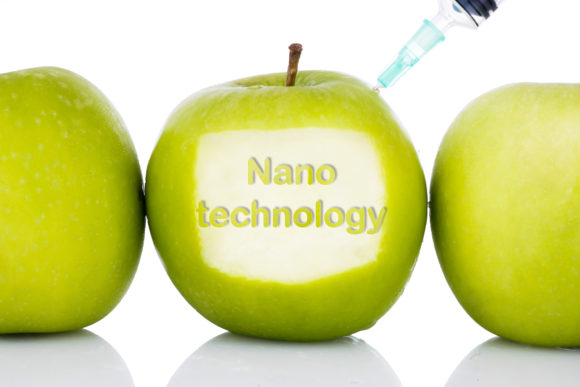Quick Quiz: What do baby spinach, raw cashew pieces, barbecue sauce, fish batter mix, marzipan, ice cream, packaged salads, dried kiwi and gourmet bread pudding all have in common?
These products, and more importantly the businesses which manufacture and distribute them, have all experienced market recalls since January 1. By mid-March there had already been 60 recalls.
While not every recall has caused bodily injury on the purchasing public, the impact of the recall is felt throughout the organization and food industry. Without proper risk analysis and transference the fiscal impact could be extreme.
Since 2011 the Food and Drug Administration has used the Food Safety and Modernization Act (FSMA) as the guiding document in managing the U.S. food industry. This document has revolutionized safety and compliance requirements. With a focus on compliance and documentation FSMA has developed into an effective but burdensome tool for the food industry.
With litigation and recalls now commonplace, it is critical for food insureds to think through and plan for the “when” as opposed to the “if” of a product recall.
Nanotechnology is another growing risk for food companies. Nanotechnology is the study and application of material between 1 and 100 nanometers, with a nanometer measuring one billionth of a meter. To appreciate how small a nanometer is, consider that a dollar bill is 100,000 nanometers thick. While the unit of measurement applied to nanotechnology may be small, interest in it has been oversized. Since 2001 over 22 billion of these dollar bills have been invested in nanotechnology.
Although not enough is known about how incorporating products with nanotechnology may impact peoples’ health, the FDA has recently begun to take a rules-related stance on its use in products produced for human consumption and application.
Nanotechnology is increasingly used in food packaging applications, such as gas barriers and antimicrobial surfaces. Manufacturers already use titanium dioxide (TiO2) on a nanoscale for a range of consumer products, often to achieve a certain color or consistency. Think coffee creamer, mints, pudding and chewing gum. Don’t think Dunkin’ Donuts, because the chain removed TiO2 from all icing sugar used to make its donuts, following two years of petitioning by the advocacy group As You Sow.
For any company in the food industry, nanotechnology is uncharted territory for both the company and the FDA. What happens if someone gets sick from products incorporating nanotechnology? What about the growing population allergic to TiO2?
A company can manage its risk profile by knowing how its marketing team is selling or suggesting labels for the company’s products. The company must also understand how to execute a product recall, determine how the company’s insurance carrier will respond and learn if there is a limitation to the use of nanotechnology on its recall policy before a product recall has occurred.
Of course, insurance professionals can help food companies assess, mitigate and transfer these growing risks.
Was this article valuable?
Here are more articles you may enjoy.



 Florida’s Slide Insurance Secures $210 Million Catastrophe Bond
Florida’s Slide Insurance Secures $210 Million Catastrophe Bond  Viewpoint: Florida Insurance Market on the Mend
Viewpoint: Florida Insurance Market on the Mend  Grand Jury Indicts ‘Hole in Won’ Owner on Prize Insurance Fraud Charges
Grand Jury Indicts ‘Hole in Won’ Owner on Prize Insurance Fraud Charges  Soaring Insurance Costs Hit as US Buyers Finally Get a Break on Car Prices
Soaring Insurance Costs Hit as US Buyers Finally Get a Break on Car Prices 


